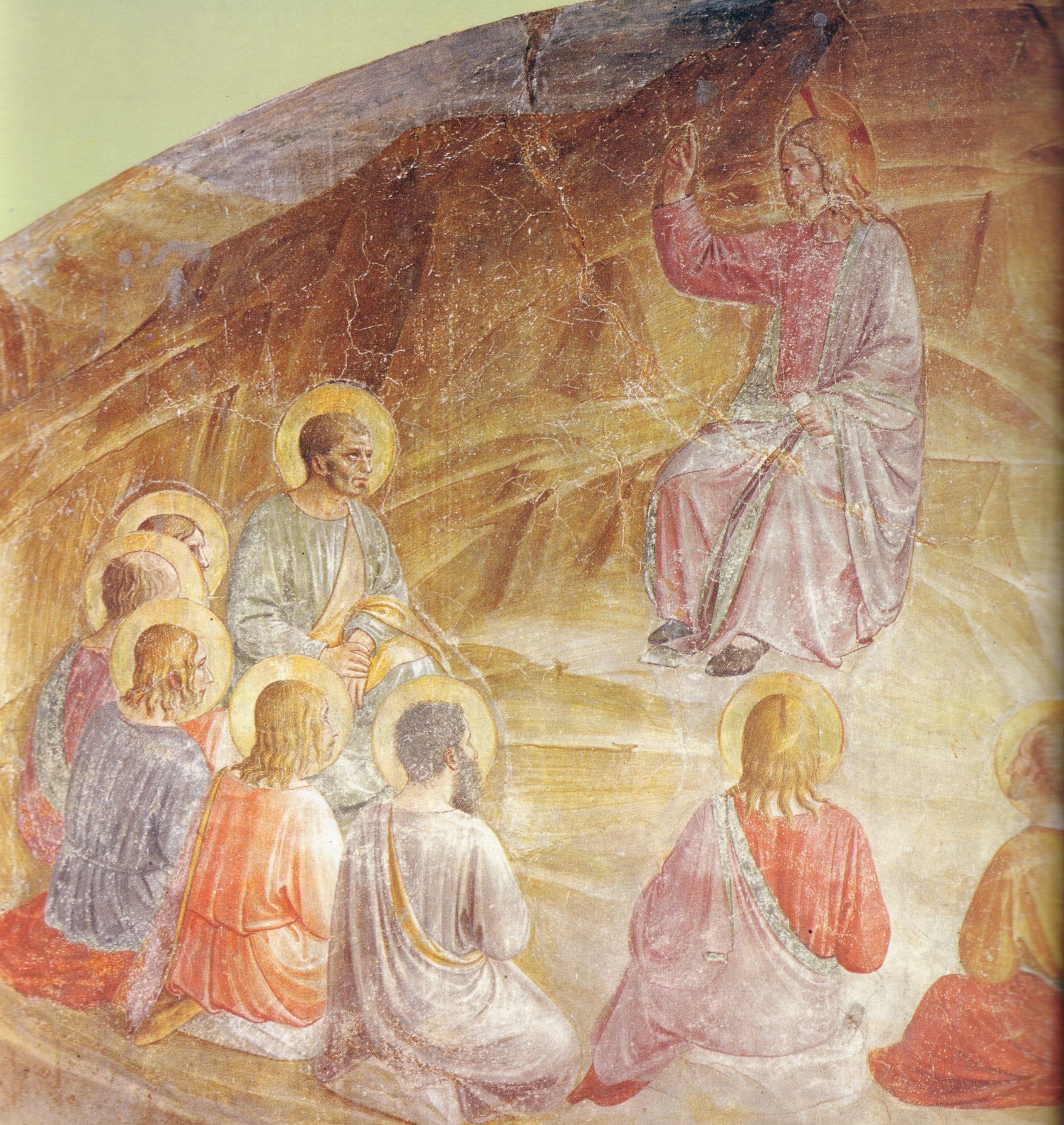Equal and Opposite Errors about Jesus
It is hard to imagine a more obvious statement about Jesus than that he was a teacher. Many of his sayings have become proverbial in English, used regularly without any remembrance of where they come from: “salt of the earth,” “love thy neighbour,” “do unto others,” “the good Samaritan,” “prodigal son,” “blind leading the blind,” “judge not, lest you be judged,” “the one who lives by the sword, dies by the sword,” “wolves in sheep’s clothing,” “cast the first stone,” “eat, drink, and be merry,” “sign of the times,” “go the extra mile,” and so on. Recently, I met with an Australian politician who explained how he has “always tried to live by the famous John F. Kennedy quotation, ‘To the one who has been given much, much is required.’” He was surprised—and delighted—to learn that JFK got it from Jesus!
But there are two equal and opposite mistakes people make when thinking about the man Jesus. The first is made by the general public, the second by Christians.
Probably the most enduring image of Jesus in contemporary society is that of a teacher. If he is thought of at all, he is viewed as the archetypal wise man, someone who left behind great words to follow, a kind of Gandhi-figure. This was brought home to me powerfully when I took part in a discussion about Jesus some years ago on Triple J radio, the young and hip station of Australia’s national broadcaster. The last twenty minutes of the show was talkback. Callers were invited to ring in and tell us what they thought of Jesus, or ask me any questions. I braced myself for the worst. To my delight, every caller—and there must have been ten—liked Jesus. What the callers especially appreciated were his teachings, the way he critiqued religious authority, demanded peace, and preached love and tolerance toward all classes of people. We could, in fact, have been talking about Gandhi!
None of the callers mentioned Jesus’ healings or his claim to be the Messiah, God’s Son. There was nothing about his death on the cross or reported resurrection to life. Jesus the teacher was the only thing on the table.
Jesus Teaches
14th-century Fresco
This is the first mistake people make in assessing Jesus: They so magnify his role as teacher that they end up diminishing, or ignoring altogether, some of the most striking and indispensable features of the Jesus of history. The result is a truncated Jesus; a Jesus of my preference and imagination.
This singular emphasis in our culture on Jesus as a teacher can be traced to a French philosopher and historian Joseph Ernest Renan (1823–92) who published his Life of Jesus in 1863 to much acclaim. Renan stripped Jesus of theological grandeur and cast him as a charming moral teacher whose morality was so strict he lost popularity and was eventually rejected. You have probably never heard of Renan but his idea entered our world as a cultural “meme” that is now very popular. Experts today, however, think of Renan’s portrait of Jesus as one-dimensional. It is a classic example of projecting our own values onto a historical figure. As a philosopher of the Enlightenment, Renan fashioned his “preferred” Jesus: a teacher of humanist values.
Joseph Ernest Renan
(1823 - 1892)
Equally flawed is the Christian (especially Protestant) overreaction to the general public’s teacher-Jesus. In seeking to affirm his climactic role as the Saviour who died and Lord who rose again, some in the modern church so downplay his role as teacher that he becomes almost unrecognisable as the Jesus of the Gospels, the Jesus of history. The conviction that he is more than a teacher can lead to the practical conclusion that he is hardly a teacher at all. The teachings recorded throughout the middle chapters of the Gospels come to be thought of as a mere precursor to the real ministry of Christ recorded in the final chapters.
Even at theological college we were frequently told that almost a quarter of each of the four Gospels is given over to describing Jesus’ death and resurrection. Mark’s Gospel, in particular, was described to us as a “Passion narrative with extended introduction.” It was not until years later that it dawned on me: If 25 percent of each Gospel is concerned with Jesus’ death and resurrection, this means 75 percent is concerned with his life and teaching!
I certainly want to affirm that Jesus’ death and resurrection are presented in the earliest Christian sources as his crowning achievements, and I will have a lot more to say about these in the rest of the book. All I am saying at this point is that, although Jesus was more than a teacher, he nevertheless was a teacher. Historically speaking, Jesus’ fame as a teacher is one of the most prevalent themes of the ancient sources.
This is an excerpt from A Doubter's Guide to Jesus - released Feb 2018


